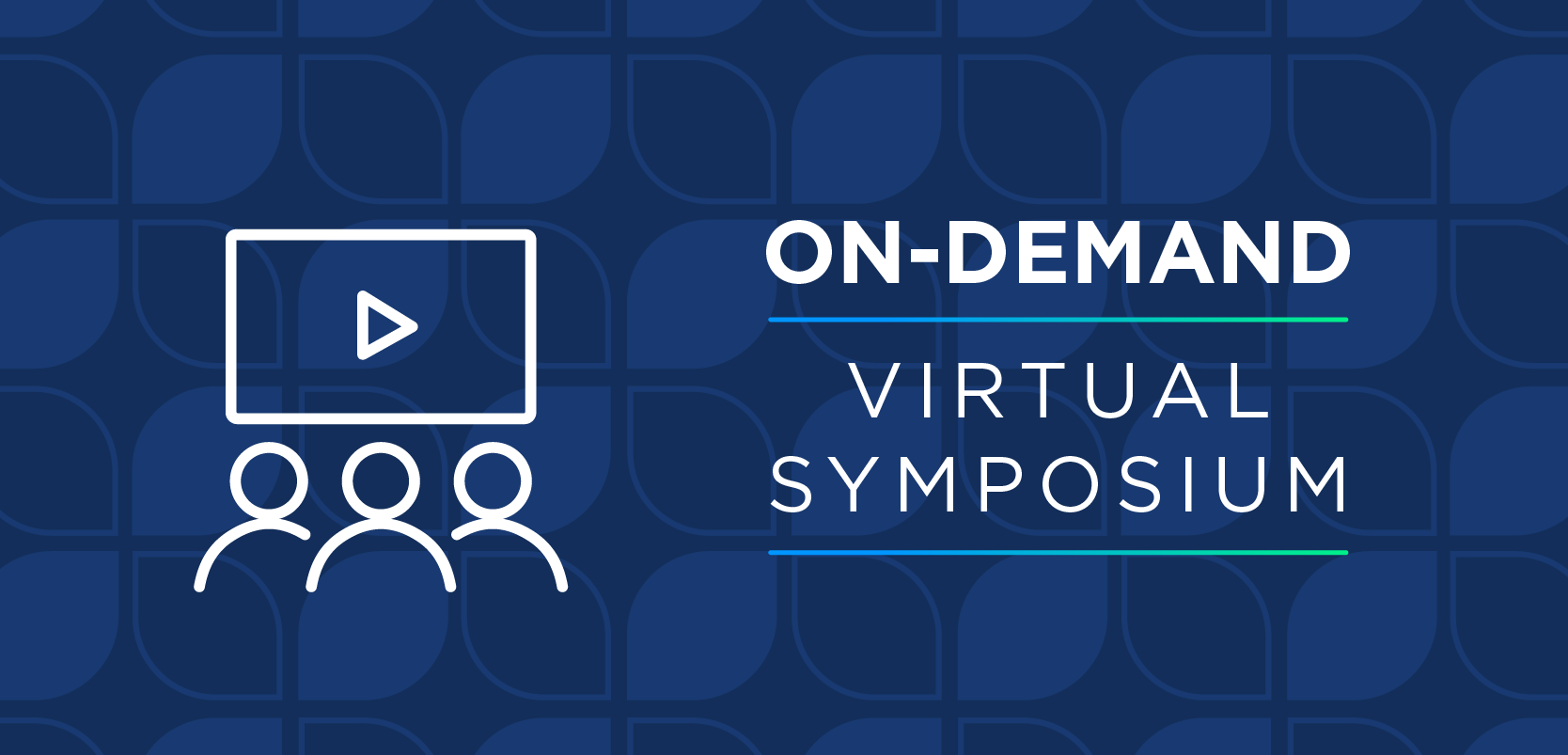
Tip of the Week: Patient-Centered Communication Fuels Trust
Patient-centered communication incorporates patients’ concerns, ideas, and abilities when developing a treatment plan.
If the pharmacy profession is to embrace an expansion in pharmacists’ roles and duties, then we must acknowledge that pharmacists are in a unique position to impact patients’ health care outcomes in positive and meaningful ways. To fulfill their professional and ethical duties and responsibilities, pharmacists need to adopt patient-centered communication that enables patients to become more careful stewards of their own health outcomes.
Patient-centered communication facilitates a mutual understanding between patients and health care providers and incorporates patients’ concerns, ideas, and abilities when developing a treatment plan.1 A few tools have been developed to gauge and teach patient-centered communication in health and medical care. The Calgary-Cambridge guide is widely used to teach medical students the process of medical interviews.1
Another patient-centered communication framework for physicians is known as the Four Habits Model. This model categorizes 23 communication behaviors into 4 “habits”: invest in the beginning, elicit the patient’s perspective, demonstrate empathy, and invest in the end. The Patient-Centered Communication Tools (PaCT) model, which is being used to measure communication skills of pharmacy students, was developed based on the Four Habits Model. Regardless of the tool employed, common characteristics in patient-centered communication models include openness, active listening, and plain-speaking.1
Patient-centered communication not only engages patients but also engenders trust between them and their providers.1 There are several basic concepts and skills to master in developing more effective use of openness, active listening, and plain speaking.2 Knowledge of and refinement of communication with sensitivity toward patients’ various levels of health literacy is one of them. By using open-ended questions, pharmacists can gauge patients’ level of understanding of their health problems and tailor their messages.
Pharmacists should also be attentive and open to patients. Sometimes, we have the propensity to want to appear busy. However, contrary to popular belief, appearing rushed only implies to patients that their concerns are unimportant, and this is counterproductive to gaining trust. Think about how much more productive and pleasant it is to have a conversation with someone you trust versus someone else whom you do not trust. The same applies to conversations with your patients.
Additional information about Negotiation skills can be found in Pharmacy Management: Essentials for All Practice Settings, 5e.
Sina Hosseini is a PharmD Candidate at Touro University California.
Shane P. Desselle, PhD, is a professor of social and behavioral pharmacy at Touro University California.
References:
- Naughton CA. Patient-Centered Communication. Pharmacy (Basel). 2018;6(1):18. Published 2018 Feb 13.
- Desselle S. Pharmacists’ perceptions of a set of pharmaceutical care practice standards. J Am Pharm Assoc (1996). 1997;37(5):529-534.
Newsletter
Stay informed on drug updates, treatment guidelines, and pharmacy practice trends—subscribe to Pharmacy Times for weekly clinical insights.
















































































































































































































